LG Electronics USA TL3HEBN Car Telematics Device User Manual 0
LG Electronics USA Car Telematics Device 0
Users Manual
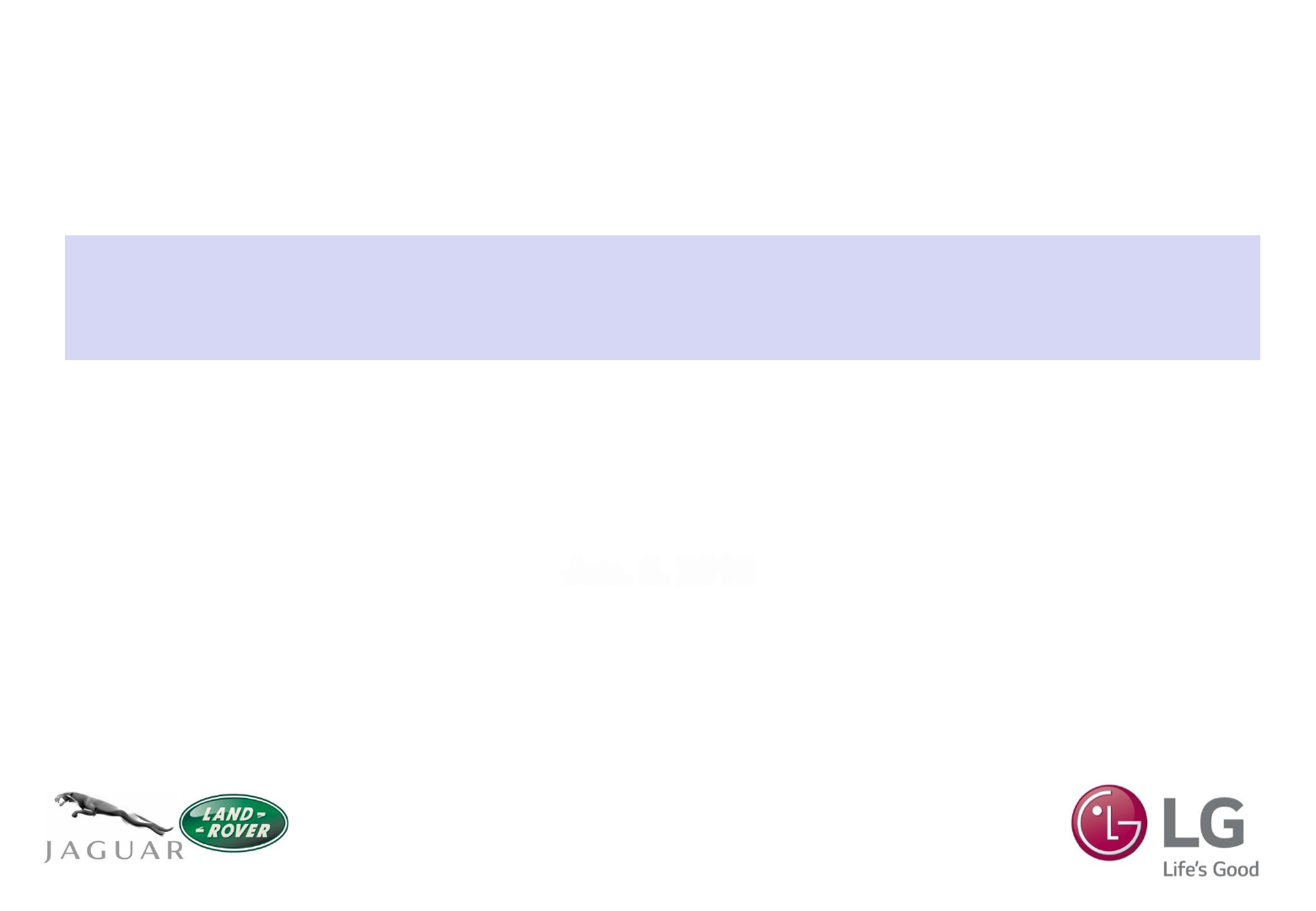
JLR TCU3 Overview for FCC
Jan. 6. 2016
LG Electronics Inc.

1 / 13 LGE Confidential
1. Introduction of TCU
2. Modularization of NAD
3. Hardware block diagram
4. JLR TCU3 Specification
5. Test environment
6. Appendix
Contents
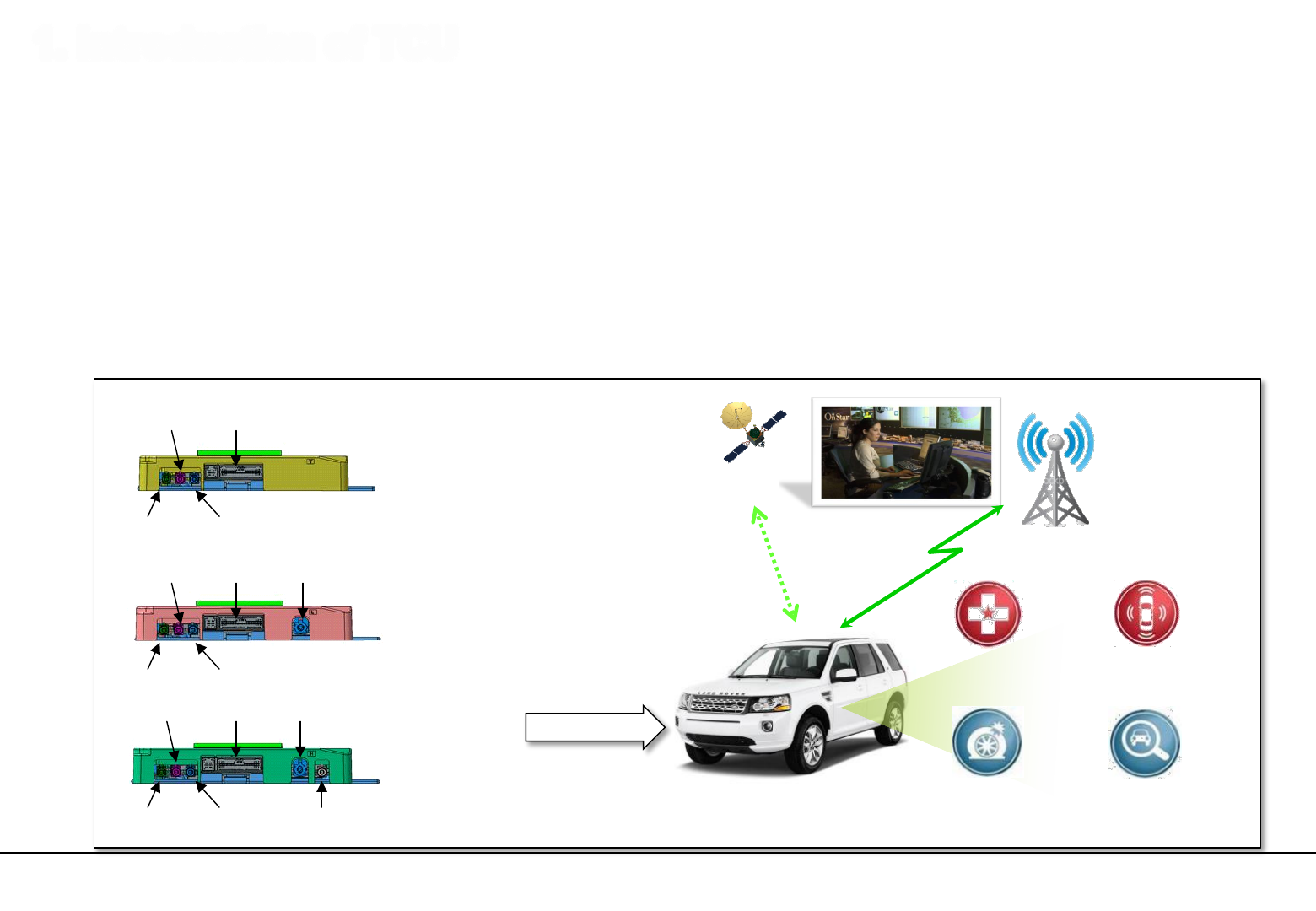
2 / 13 LGE Confidential
1. Introduction of TCU
TCU (Telematics Control Unit)
Telematics device that LGE is developing for the JLR(Jaguar Land Rover) vehicles.
Small box installed deep inside passenger cars
In charge of wireless communications in LTE/WCDMA/GSM network
Services provided by TCU
Voice service : eCall, bCall1) and ERA GLONASS
Packet data service : Wi-Fi hot-spot and TSP2) service
SMS service : TSP service
Call Center
GNSS
Emergency Call Automatic Collision
Notification Call
Road Side
Assistance CallVehicle Tracking
LTE, WCDMA / GSM
Overview
1) bCall : breakdown call
2) TSP: Telematics Service Provider (Wireless Car for JLR)
<BEJTL3TNB>
<BEJTL3LNB>
<BEJTL3HNB>
Cellular2
Cellular1
GNSS
Main
Cellular2
Cellular1
GNSS
Cellular2
Cellular1
GNSS
Main
Main
USB
Ethernet
WiFi
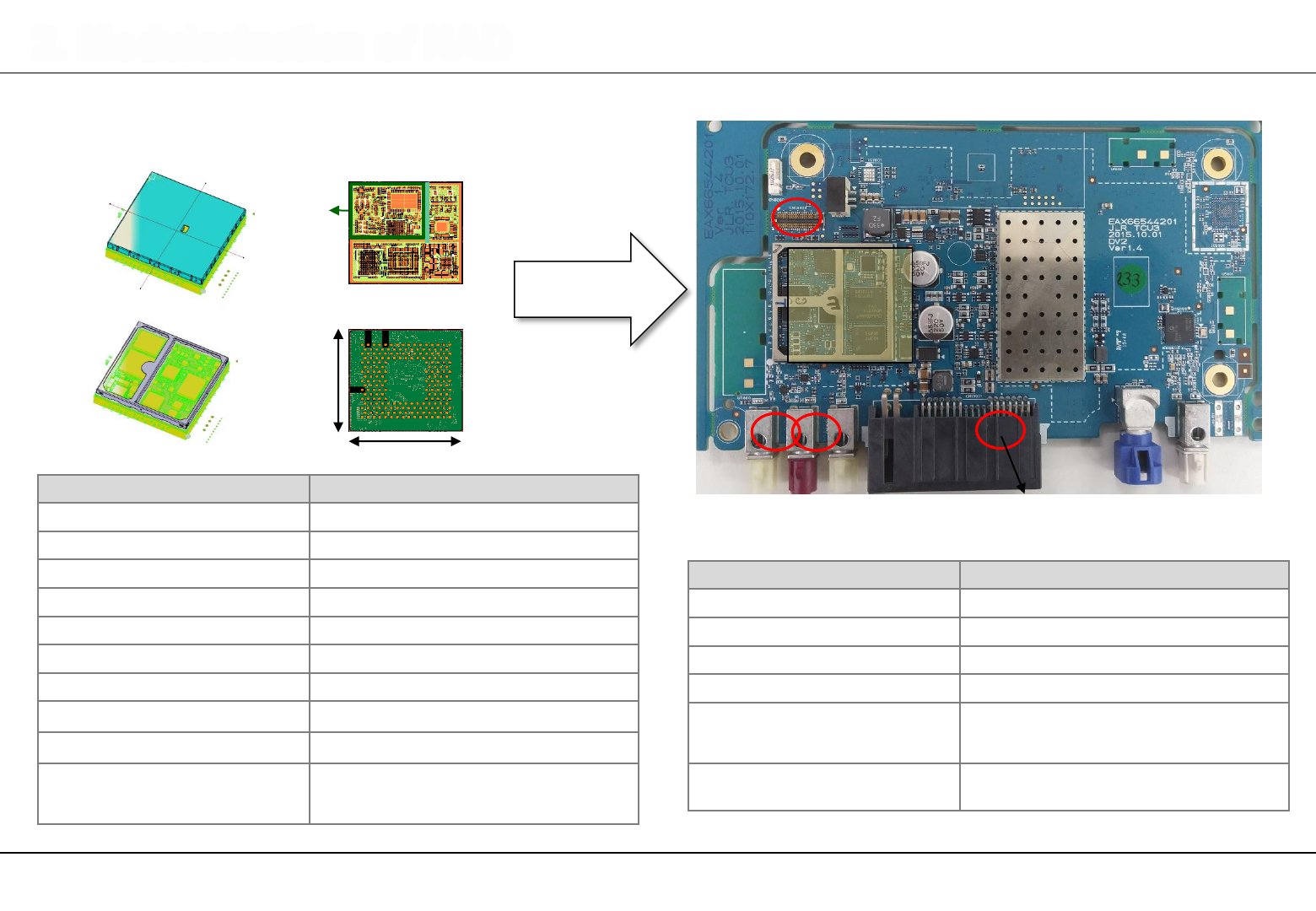
3 / 13 LGE Confidential
NAD Module
35mm
Modifiable
Part (RF)
< H/W Design >
35mm
Item Description
Dimension 35mm x 35mm x 3mm
Package LGA, 206 pin
Baseband Chip MDM9215 (Qualcomm)
Power Management Chip PM8018 (Qualcomm)
RF Chip WTR1605L (Qualcomm)
GNSS GPS + GLONASS
Application Processor Cortex-A5 (550MHz)
Memory 4Gbit NAND + 2Gbit LPDDR
Audio DSP AK7758 (CS Voice, VoLTE)
Radio Technology GSM/GPRS/EDGE
UMTS/HSPA+
FDD/TDD-LTE (Release9 Cat3)
Integrated device (BEJTL3HNB)
soldering NAD
Module
Main / Diversity antenna connector
UICC connector
USB connector for debugging
Item Description
Network carriers AT&T (Vodafone roaming)
Positioning Yes
Emergency Private eCall, (the support of E911 is TBD)
VoLTE Yes (but, do not have specific use case)
RF band LTE –B2,4,5,7,17
WCDMA –B2,4,5
GSM –850, 1900
Sourcing countries NA, EU, CN, ROW (total 86 countries)
Refer to appendix
2. Modularization of NAD Module
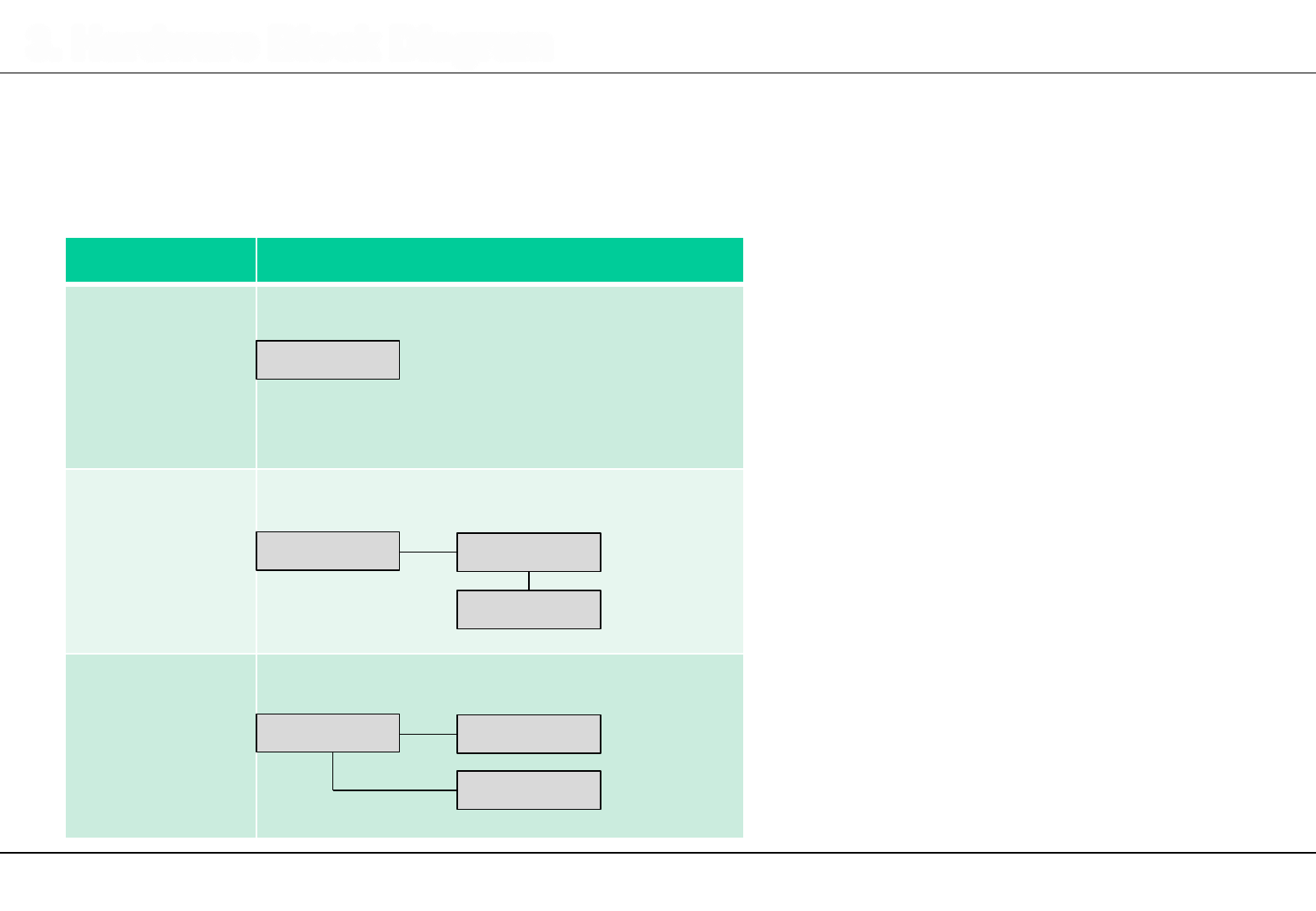
4 / 13 LGE Confidential
3. Hardware Block Diagram
NAD module is based on MDM9215 and it includes modem baseband, RF and GNSS
NAD module is used as common platform for three type of variants
Certification is focused on NAD module
Devices
Difference
BEJTL3TNB-N
NAD module only
BEJTL3LNB-N
NAD module + External AP
with WiFi host
BEJTL3HNB-N
NAD module + External AP
+ WiFi Client
AP
WiFi (Host)
AP
WiFi (client)
NAD module
NAD module
NAD module
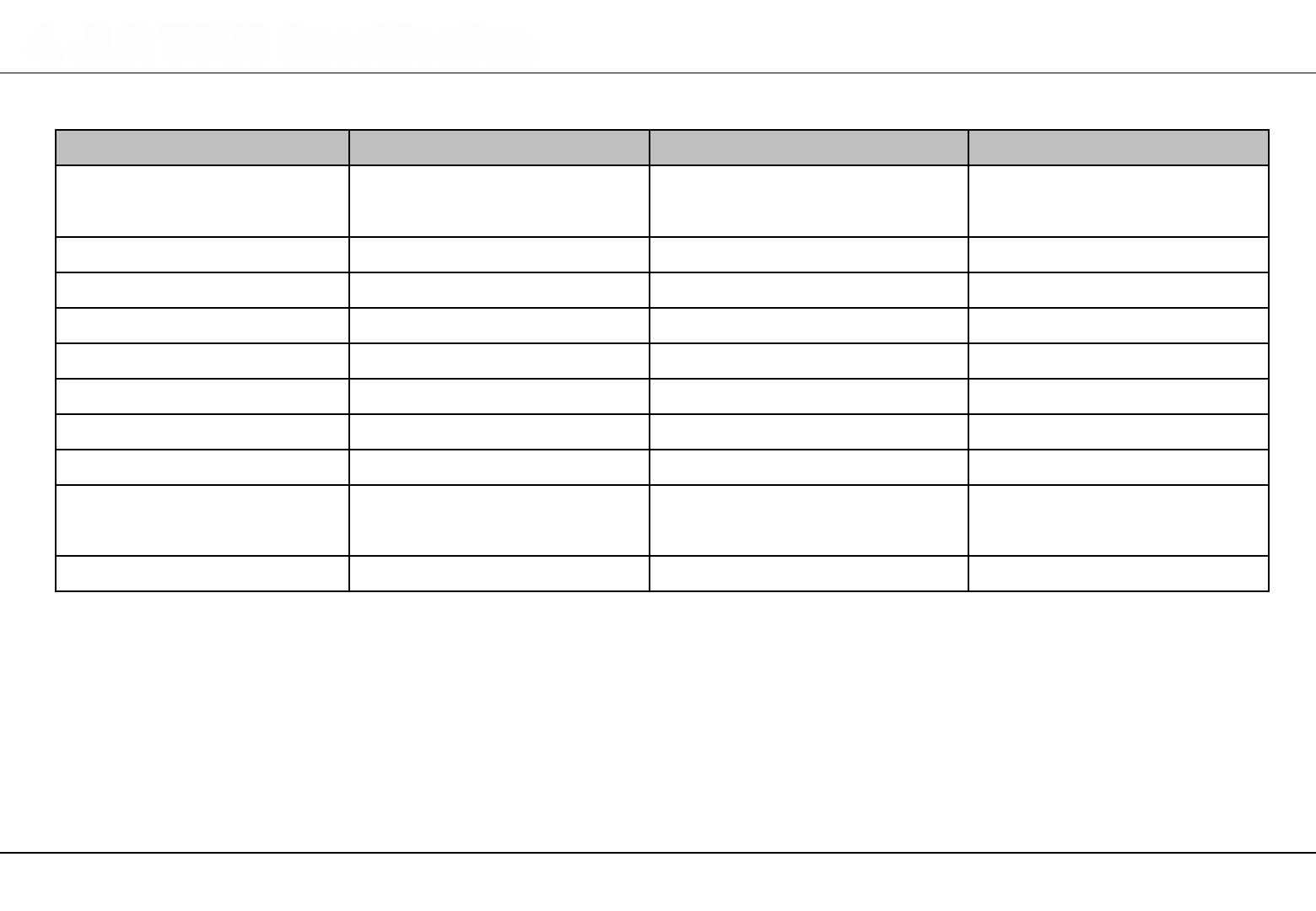
5 / 13 LGE Confidential
4. JLR TCU3 Specification
DUT BEJTL3TNB-N BEJTL3LNB-N BEJTL3HNB-N
RF variants GSM850 and 1900
WCDMA B2, B4, and B5
LTE B2, B4, B5, B7 and B17
GSM850 and 1900
WCDMA B2, B4, and B5
LTE B2, B4, B5, B7 and B17
GSM850 and 1900
WCDMA B2, B4, and B5
LTE B2, B4, B5, B7 and B17
External AP X O O
Ethernet (BCBR) X X O
WiFi Host X O X
WFi Client X X O
USB (Remote SIM) X O X
Bluetooth Smart Node O O O
CAN HSCAN1, 2 HSCAN1, 2 HSCAN1, 2
Audio
(Mic. Input, Spk Output) O O O
BUB O O O
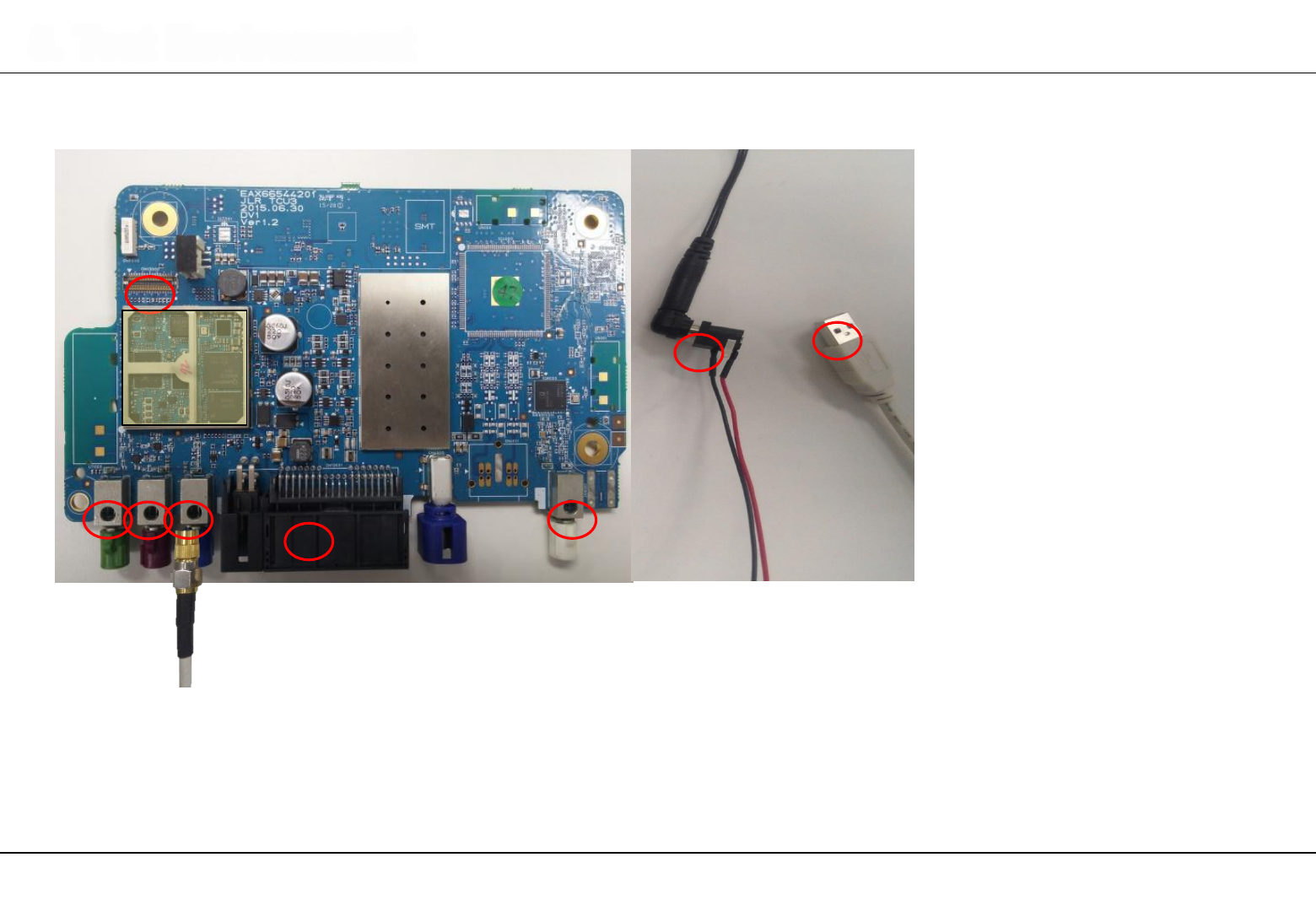
6 / 13 LGE Confidential
Mail
Div. Power / USB
Speaker / Microphone
GNSS
FPCB
5. Test Environment
This is picture of telematics box inside. Refer to connector information in page 2
NAD
WiFi
Power USB

7 / 13 LGE Confidential
Appendix. Regulatory
RF Exposure Statement (MPE)
The antenna(s) must be installed such that a minimum separation distance of at least 20 cm is
maintained between the radiator (antenna) and all persons at all times. This device must not be co-
located or operating in conjunction with any other antenna or transmitter.
FCC Part 15.19 Statements
This device complies with Part 15 of the FCC Rules. Operation is subject to the following two
conditions: (1) this device may not cause harmful interference, and (2) this device must accept any
interference received, including interference that may cause undesired operation.
FCC Part 15.21 statement
Any changes or modifications not expressly approved by the party responsible for compliance could
void the user's authority to operate this equipment.
High Line

8 / 13 LGE Confidential
Appendix. Regulatory
l'exposition aux RF
L’antenne (ou les antennes) doit être installée de façon à maintenir à tout instant une distance minimum de au moins 20 cm entre la source de
radiation (l’antenne) et toute personne physique.
RSS-GEN, Sec.8.3
This radio transmitter (identify the device by certification number, or model number if Category II) has been approved by Industry Canada to operate
with the antenna types listed below with the maximum permissible gain and required antenna impedance for each antenna type indicated. Antenna
types not included in this list, having a gain greater than the maximum gain indicated for that type, are strictly prohibited for use with this device.
Le présent émetteur radio (identifier le dispositif par son numéro de certification ou son numéro de modèle s’il fait partie du matériel de catégorie I) a
été approuvé par Industrie Canada pour fonctionner avec les types d’antenne énumérés ci-dessous et ayant un gain admissible maximal et
l’impédance requise pour chaque type d’antenne. Les types d’antenne non inclus dans cette liste, ou dont le gain est supérieur au gain maximal
indiqué, sont strictement interdits pour l’exploitation de l’émetteur.
RSS-GEN, Sec. 8.4
Le présent appareil est conforme aux CNR d’Industrie Canada applicables aux appareils radio exempts de licence. L’exploitation est autorisée aux
deux conditions suivantes :
(1) l’appareil ne doit pas produire de brouillage, et
(2) l’utilisateur de l’appareil doit accepter tout brouillage radioélectrique subi, même si le brouillage est susceptible d’en compromettre le
fonctionnement.